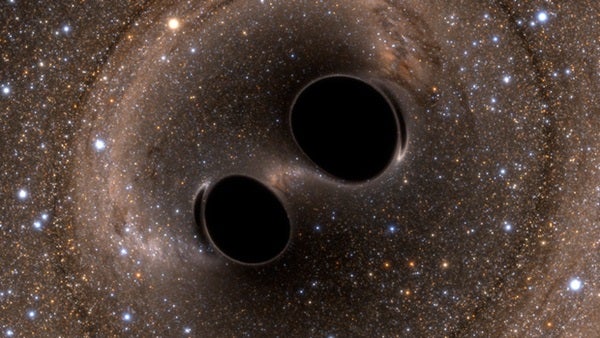NASA has announced they will continue developing a program to detect gravitational waves with the European Space Agency (ESA).
Albert Einstein originally predicted gravitational waves in 1915 in his theory of general relativity. They were finally detected in February 2016 using the National Science Foundation’s ground-based Laser Interferometer Gravitational-wave Observatory (LIGO). Gravitational waves are “ripples” in spacetime caused by events stemming from massive objects, such as merging black holes. LIGO detects the gravitational waves by listening for the faint sounds caused by the ripples.
ESA’s Laser Interferometer Space Antenna Pathfinder (LISA Pathfinder), launched in December 2015, was built to test technologies that will study the structure and evolution of the universe. LISA has been operating well since the launch, but NASA had to terminate gravitational wave technology development due to budget constraints. ESA has continued development, calling it their next large science mission. ESA is planning to launch their L3 gravitational wave mission, which will detect and accurately measure gravitational waves, some time in the 2030’s.
NASA’s mid-term August assessment recommended the agency reconsider their participation in ESA’s L3 mission based on the success of LIGO and LISA. NASA is expected to contribute $300-350 million over the course of the mission.
NASA will present options they are considering about the L3 mission to the Astrophysics Subcommittee in their meeting. An L3 Study Team is being established and will be preparing a report to be considered by the next astrophysics Decadal Survey in 2020.










